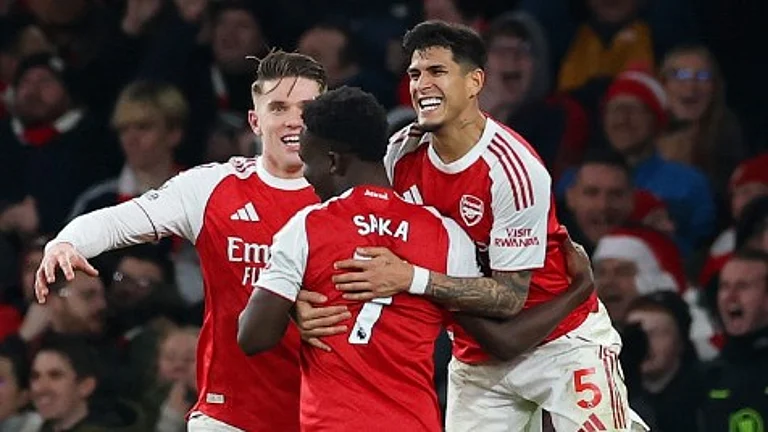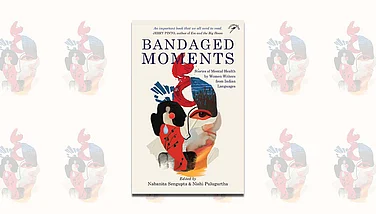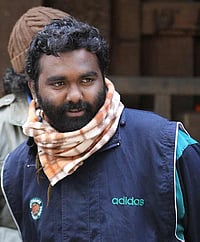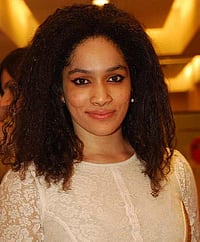What is the book about?
It’s about a previously under-recognised figurative artist whose work tracked five decades, tracking India’s transition to modernity.
Who were his favourite artists?
The Russian artist, Nicholas Roerich and practitioners of Soviet realism: artists like Vera Mukhina and Rodchenko.
What were the mainstays of his imagery?
There is sustained critique of colonialism and a scepticism towards India’s post-war elite and a protest against western intervention in Asia.
Did being self-taught help?
What Anand lacked in formal instruction, he more than compensated for by a natural and intuitive compositional fluency.
You think his politics overshadowed his art?
For Anand art was profoundly social and ideological. His political critique provided the content and symbolism.
His freedom fighter brother Madan Mohan’s death seems to have influenced him....
Madan Mohan’s death radicalised both Anand and had profound consequences for his father and family.
How did he differentiate between commerce and art?
Art was not a commercial proposition, although his graphics provided the livelihood for his family.
How much of his work was recently discovered?
We had access to nearly 200 works; another 1,300 have been discovered and catalogued over the course of the writing this monologue.
How would he be known as an artist now?
As an artist with a trenchant social conscience.
Finally, why the book now?
The book follows the rediscovery of a neglected tranche of work. This is also the 30th anniversary of his passing.


























